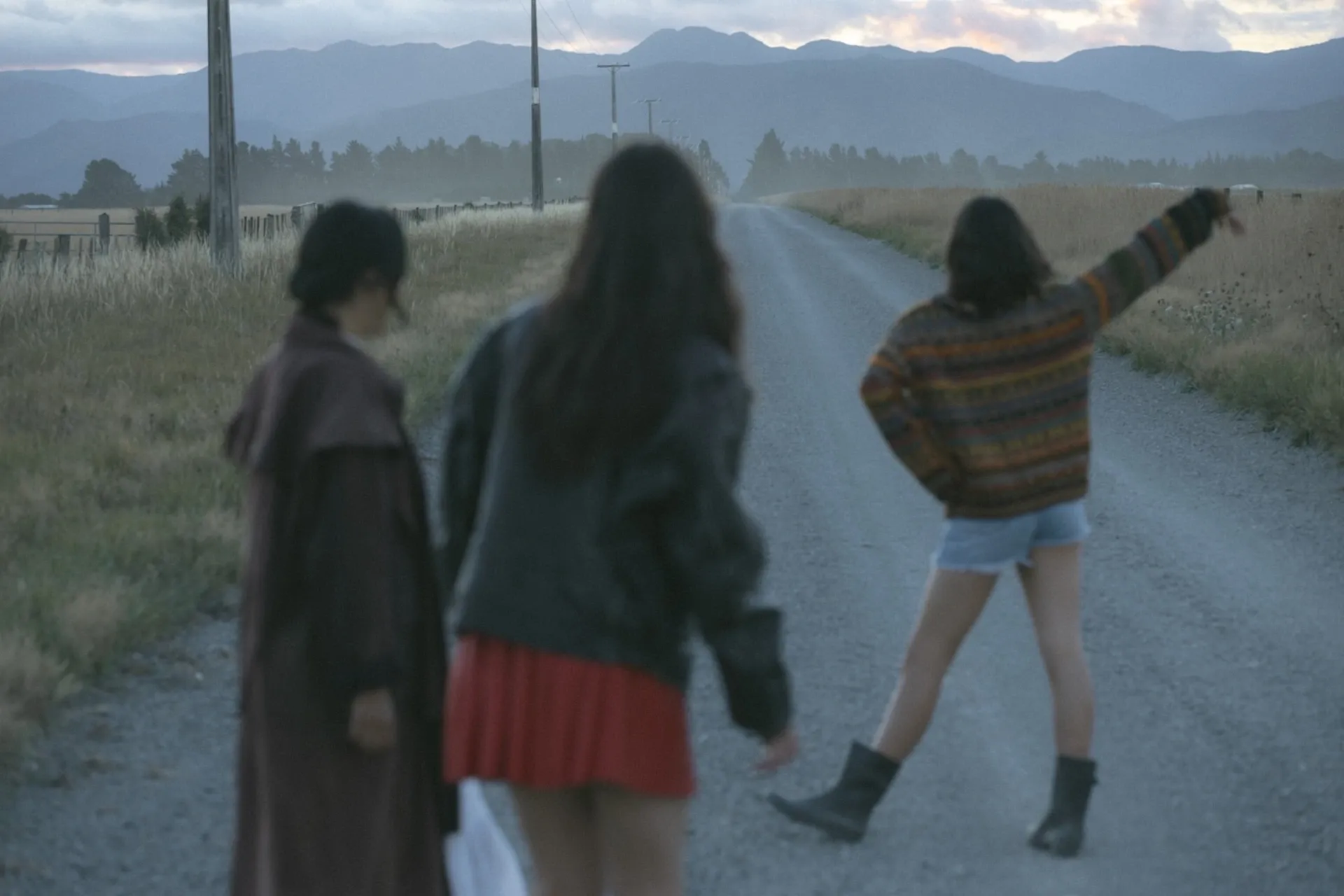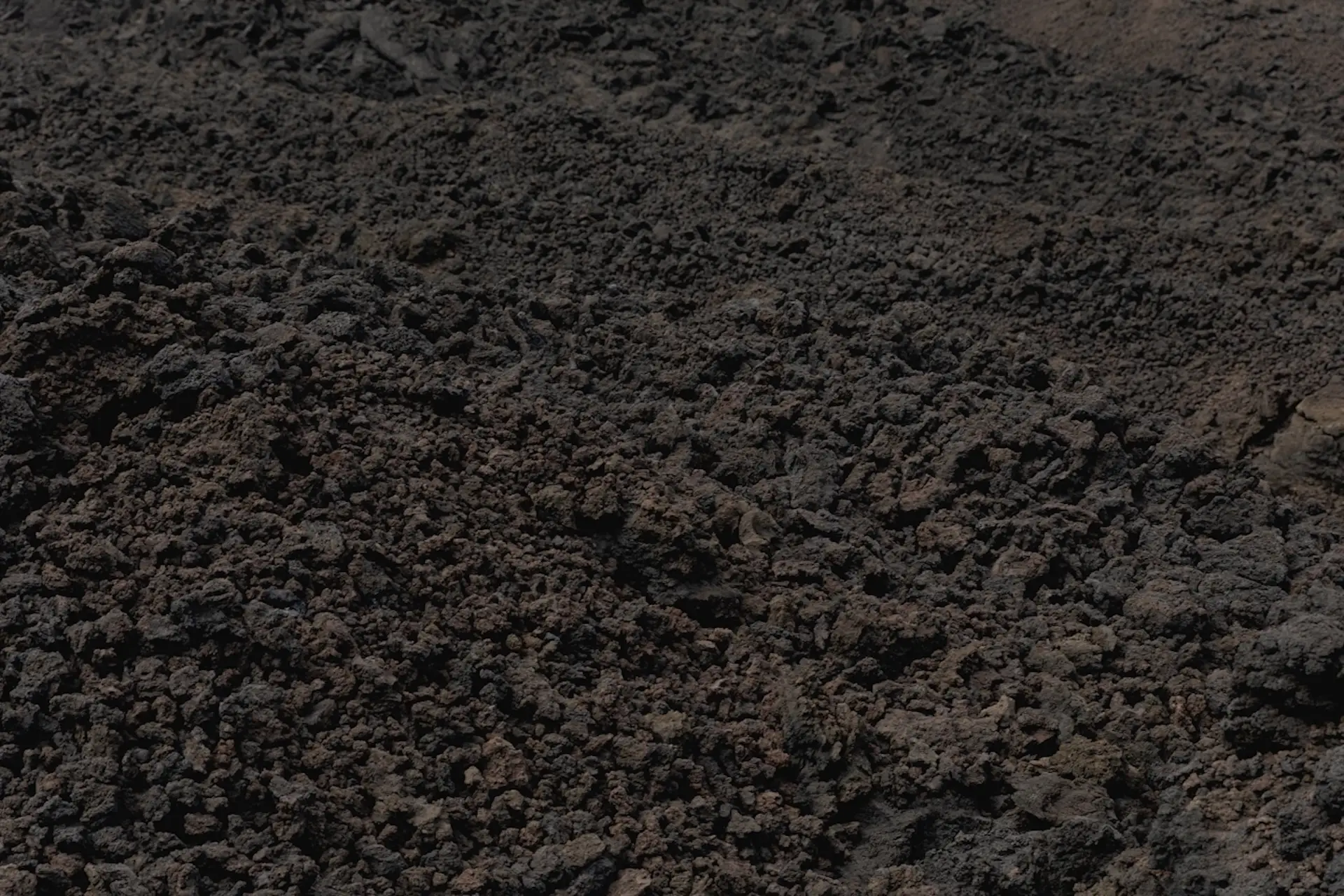What is CapCut and how do you use it?
CapCut is an all-in-one video editor used to create content for TikTok, YouTube, and more.

We’ll cover:
- What is CapCut?
- Is CapCut owned by TikTok?
- How do you download CapCut?
- Can you use CapCut without paying?
- Can you use CapCut to edit YouTube videos?
- Can you take a video in CapCut?
- Does CapCut save your videos?
- How do you export video from CapCut?
- How do you edit video in CapCut?
- Which effects and tools does CapCut have?
- How to carry out basic editing techniques in CapCut
- How do you get CapCut templates?
What is CapCut?
CapCut calls itself an “AI-powered editor for everyone.” A lot of people use it to edit video content on their smartphones, but it’s also available in-browser and as a desktop app.
Is CapCut owned by TikTok?
You might hear people say that CapCut is owned by TikTok. They’re on the right track, but it’s not entirely true. CapCut is owned by ByteDance, which is the parent company for platforms like TikTok and Lemon8.
Naturally, TikTok and CapCut work well together. That’s why you’ll see CapCut promotions and ads on TikTok, urging you to download the former app to level up your content on the latter.

How do you download CapCut?
Downloading CapCut is simple, and can be done across multiple devices. Download the mobile version of CapCut for iOS via the Apple App Store, or for Android from Google Play.
If you’d prefer to use CapCut on your PC or Mac, then you needn’t worry. You can download CapCut from the Apple Mac App Store, or the desktop version of Google Play. If you’d rather just use the web version, head to CapCut’s website and give it a try.
Can you use CapCut without paying?
Yes, CapCut is free to download and use. This makes it an ideal tool for beginners getting to grips with video editing, while also offering advanced tools for folks with a few rodeos under their belts. There’s no barrier to entry, and given it’s free, you can’t do much better than that.
However, you can upgrade to CapCut Pro for $9.99 per month. The Pro version gives you a whole host of new features, effects, and cloud storage — it also removes the CapCut watermark from your content.
Can you use CapCut to edit YouTube videos?
While CapCut is known for vertical, short-form content like TikTok, you can use it for editing YouTube videos. However, some users find that CapCut performs better with shorter videos.
Need music for your CapCut creations? Check out Epidemic Sound’s catalog of more than 50,000 tracks and 200,000 Hollywood-grade sound effects.

Can you take a video in CapCut?
CapCut isn’t just a video editing app. Similar to TikTok, you can record video directly in-app, at 15-second, 60-second, and 3-minute intervals.
Does CapCut save your videos?
CapCut automatically saves your video projects, meaning you can pick up where you left off without having to export every time. Your videos will be saved to CapCut’s secure cloud storage.
It’s worth bearing in mind that if you delete your CapCut account, you’ll lose all of your projects.
How do you export video from CapCut?
CapCut will save your project files, but you’ll need to export them yourself. Once you’re happy with your footage, click the “Export” button.
App users can adjust the resolution, frame rate, and code rate in the “Resolution” section before exporting. You can find this at the top of the app, marked by the default resolution — usually 1080P.
When you’re done, click the upward-facing “Export” arrow next to the “Resolution” option, and your video will export. You can then download your video to your device, or share directly to platforms including Instagram, Facebook, and of course, TikTok.
The in-browser process allows more customization during the export phase. Extra details include choosing between MP4 and MOV file types, export file name, and quality.
It’s worth noting that if you share directly to TikTok, your video comes without the CapCut watermark — all the other options will result in a watermark. Given most people use CapCut as an extension of TikTok, the first option is quite popular.

How do you edit video in CapCut?
Editing video in CapCut is as simple or complicated as you’d like. As we touched on previously, CapCut is ideal for rookies and experts, as it includes tons of features for all skill-sets.
Here’s how to access CapCut’s editing features:
- Open your CapCut app. If you’re using the in-browser version, just head to the main page.
- Start a new project by dragging or selecting a video file, or clicking “New project.”
- Once your video is on the project timeline, you’ll have access to CapCut’s impressive suite of editing tools.
Which effects and tools does CapCut have?
Here are CapCut’s core effects and features:
Video
- Video effects and filters
- Stock videos
- Speed curve
- Keyframe animation
- Background remover
- Video upscaler
- Video stabilization
Audio
- Text-to-speech
- Audio extraction
- Noise reduction
- Audio splitting
Text
- Video transcription
- Captions
AI
- Video generation
- Avatar generation
- Sticker generation
- Voice tools
- Dubbing
- Relighting
- Video upscaler
How to carry out basic editing techniques in CapCut
Now that you know what CapCut is, why people use it, and the potential it holds, here are some of the more sought-after editing tools and techniques you can master.
For ease, with each of these examples, we’ll assume you’ve already loaded your footage into CapCut.
How to use keyframes in CapCut
Keyframes are perfect for easing in and out of a transition, effect, sound, or something else entirely. Here’s how to do them in CapCut:
- Select the element you’d like to keyframe. For this run-through, let’s go with the “Clone Jutsu” effect, which we found in the “Effects” tab and added to our project timeline.
- Move the playhead across your project timeline, stopping where you’d like to insert your first keyframe — let’s say you’re placing it at the start of your clip. Click your effect.
- Hit the “Keyframe” symbol. It looks like a diamond in a deck of cards.
- This will insert a keyframe on your effect. Tap the keyframe and select “Adjust.”
- At this point, you’re deciding what your effect will start off looking like. Let’s pull the “Speed,” “Glow,” and “Intensity” markers down to 0, then hit the check mark.
- Scroll through the playhead until you reach the end of your effect and clip. Add another keyframe.
- Adjust the second keyframe. This is how you’d like your effect to end up looking like. Let’s pull those three variables from 0 to 100, then confirm the changes with the check mark.
- Play the clip through. From your first keyframe to your second, you should see the Clone Jutsu effect go from mild to mind-bending. That’s thanks to your keyframes!
You can use keyframes for pretty much anything, and you can use more than two. Root around, take your time, and use keyframes to edit your CapCut projects to the closest millimeter.

How to use motion blur in CapCut
Motion blur is a popular effect used to create more realistic footage. It’s the streaks a camera or human eye captures when something moves quickly. If you don’t have enough motion blur, you end up with the “soap opera effect,” which makes footage look clinical and odd.
Here’s how to use motion blur in CapCut:
- Select your clip, then scroll through the effects menu until you reach “Motion Blur.”
- Select “Motion Blur,” then toggle through the options. You can adjust the blur level, blend level, direction, and how many times you’d like the effect piled onto your footage. You can choose a maximum of six times.
- Once you’ve decided on these options, hit the check mark. Your motion blur effect will start processing, and once it’s done, it’s all ready to go in your content.
How to use green screen on CapCut
Green screen is a great tool for creating immersive, larger-than-life content that you can’t achieve with practical effects and backgrounds. If you want to nail them in CapCut, here’s the lowdown.
This is based on the assumption that you’ve filmed one “background” video, and one video in front of a green screen:
- Open your background video in CapCut. Next, select “Overlay.”
- Open your green screen video from the “Overlay” menu. As it’s an overlay, the green screen footage should be on top of your background video.
- Click your green screen footage on the project timeline, then select “Chroma key” from the list of effects.
- Your mouse/finger will turn into a color picker. Select the green color from your overlay. Then, when prompted, crank the “Intensity” slider up until the green becomes transparent.
- Preview your footage to check everything went smoothly. You may need to adjust the “Intensity” setting, but if all goes well, your action in the green screen footage should transfer onto the background footage.

How do you get CapCut templates?
As CapCut and TikTok have become more popular, cross-pollination between both apps has given people more access to CapCut templates.
How to use CapCut templates
Let’s look at how to find and use CapCut templates:
- You can find CapCut templates through several methods. There’s the app, which has its own “Template” section; the in-browser version, which has a similar “Templates” tab; and TikTok, which prompts users with a “CapCut: Try this template” button on any videos featuring CapCut templates. The final option will open your CapCut app.
- Once you’ve found your template on CapCut, click “Use Template.” You’ll then be asked to choose your own video to accompany the template, from your device’s photo gallery.
- Select your video, then click “Preview.” See how well the template goes with your video, and if it’s a match, carry out any further edits and hit the “Export” button as usual.
Wrapping up on CapCut
CapCut is free, diverse, and pretty powerful. Now that you’ve learned the basics, it’s time to get out there and start cutting your own content on the app.
Whether you’re slicing up twenty-second snippets for TikTok or building an epic podcast empire, Epidemic Sound’s got you covered.
Our catalog is high-quality, affordable, and safe. Our subscriptions go beyond royalty-free music, removing the headache of licensing and freeing you up to do what you do best.
You can enjoy the safety of our license hand-in-hand with our massive catalog of 50,000 tracks, covering just about every genre you can think of. You’ll also gain unlimited access to advanced search functions, AI tools, and soundtracking features — finding the right sound’s never been easier.
It’s better than royalty-free. It’s worry-free. Get started with Epidemic Sound below.

Related posts:

